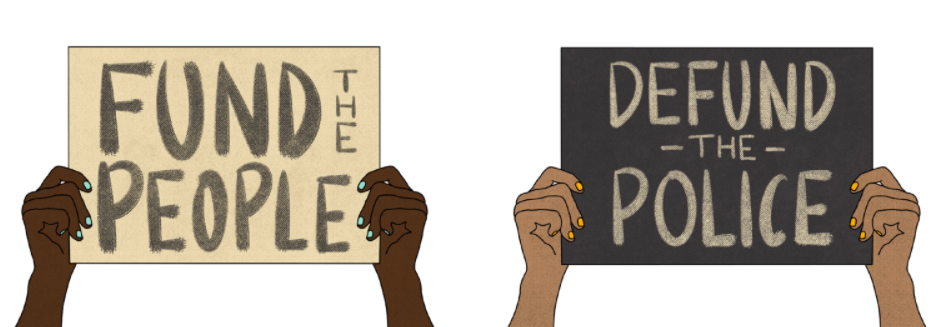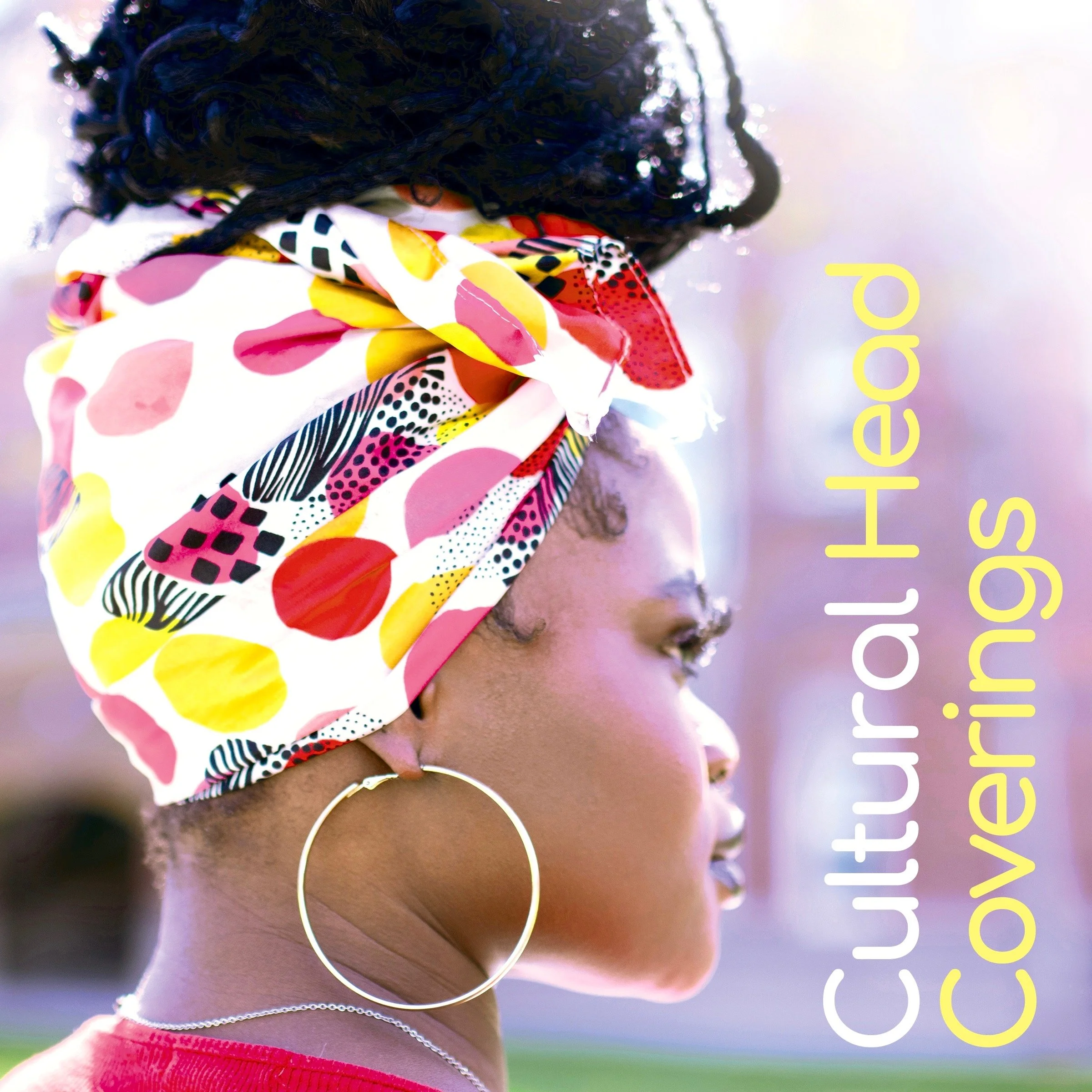Defend or Defund: Police Reform in America
Story by Spencer Clifton | Design & Illustration by Itzel Montoya
Across the nation, town halls and city streets are roaring with demands of justice and equality. Thousands of Americans are marching, protesting and advocating for an end to police brutality and racial discrimination in an era where some do not believe such issues still exist.
Among controversies, ‘defund the police’ has become a popular expression among advocates for police reform. While some departments are already moving forward with reform and individuals are engaging in this discussion around the country, communities should be asking: what does defunding the police actually look like?
Defund vs Disband
While police reform has been a hot topic of discussion in recent months, many may have misconceptions about what the ‘defund the police’ movement is all about. While a few media platforms have reported the movement as trying to get rid of the police entirely, advocates, organizations and law and justice experts shed light on what the true demands of this movement are.
Scott Willis, senior lecturer of Law and Justice describes defunding the police as a movement to reallocate funds from local police budgets into community services that would benefit the general populous.
“The actual movement is to take some of the police department’s budget to fund social programs with the hopes that this would decrease the number of crimes the police would need to investigate, thus there would be less need for the police,” says Willis.
Strong advocates of this movement include Black Lives Matter (BLM) and the American Civil Liberties Union (ACLU). These organizations, with help from community members and advocates have started protests, discussions and worked to educate the public on racial inequality and police reform.
Mina Barahimi Martin, member of the policy advocate group in the ACLU of Washington (ACLU-WA) says, “The defund the police movement is about reimagining public safety in ways that create better outcomes for all. That means reducing the scope of policing and investing more in new safety systems and community programs that address the root causes of chronic inequities in housing, education, mental health and healthcare.”
While these ideas are the latest tactics in police reform discussions, there are many questions unanswered about how this will affect communities.
Reallocating Back Into the Community
Sierra Moore, sophomore Secondary Education major and police reform advocate says, “I would love to see it go back [into] mental health. Giving people who need mental health resources the proper way to go about it and resources for people with disabilities. I would love to see the money go towards homeless people, to create better shelters, better resources.”
There are a number of social services that hope to put into effect a reallocation of police department money. One change in particular ACLU-WA is advocating for is Treatment First Washington.
“Treatment First Washington, for example, is an effort to decriminalize drug use and promote a public health approach to dealing with substance use disorders,” says Barahimi Martin.
Willis explains, “I think everyone would agree there needs to be more money in those social programs such as mental health resources, drug addiction services and homelessness. I fully support more community services.”
Although Willis is in full support of these changes in resources, he explains that using police money may not yield the best results for communities. He adds, “Initially, the crime rate would likely go up because the services would not be in place initially and would take time to establish. This would be counterproductive.”
Instead of using money in the police budget, Willis has an alternative idea. “I believe politicians need to provide more community services which will take creative financing.”
He explains that taking money away from the police may put tension on the relationship that police departments hold within their communities.
Addressing Racism and Police Brutality
As of October 2020, 781 people have died at the hands of the police in America according to Mapping Police Violence, a research team that collects comprehensive data on police killings nationwide. The website also notes that despite being only 13 percent of the population, African Americans still made up 28 percent of those killed by police in 2020.
“Decades of reform efforts to change policing in order to make it less racist and less violent have not fundamentally transformed the police,” says Barahimi Martin. “We continue to see police in our state and around the nation disproportionately deploy violence against Black people, indigenous people and communities of color.”
Moore advocates to defund the police on the grounds that it will help put an end to police violence. “With the amount of money they are given, it is pulling away resources from other facets that keep the community running, and it has become an endless cycle of violence and not helping people.”
While organizations and advocates fight for justice for communities of color and to put an end to police violence, not everyone may recognize police brutality to the severity that others do.
“I think the media has blown the topic out of proportion. If they looked at the total number of uses of force by police and placed those into context with those being reported, you would likely see what a small problem number of incidents really occur,” explains Willis.
While Willis says how the relationship between police departments and communities could become damaged if money was taken from the police budget to help solve this issue, Barahimi Martin adds that the outcry of communities is evidence enough to suggest these problems do exist today.
“The sustained protests against police brutality and systemic racism in policing (even in the face of horrifying police brutality against protestors, legal observers and members of the press) is evidence of the wide public recognition of these long-standing problems with policing, as well as their importance and urgency,” says Barahimi Martin.
“There are areas where police need to improve and the bad cops and incidents need [to] be addressed and held accountable, but in the large scheme, it is a very small number,” explains Willis. “I think there is a perception by some community members they are targeted by police [therefore] police need to work with those communities to improve this perception through education.”
Police officers in some areas are finding many ways to stay connected to their local communities. As tension between police departments and communities rise in some areas of the country, being in-touch with citizens may be more important for police departments than ever before.
Sergeant Andy Bayne, CWU police officer says, “Perspective wise we partner great with our community and we are always open … We do all kinds of stuff to figure out what we can do to be a part of [our] community. We even send out a survey to our community to find out what we can do better as a department.”
Offering events from barbecues to movie nights, the CWU Police Department continues to try and stay connected with the residents they serve in the Ellensburg community.
According to Brahimi Martin, if you are witnessing the same issues in your community, try to “educate yourself, your family and friends about the issue of systemic racism in policing.”












